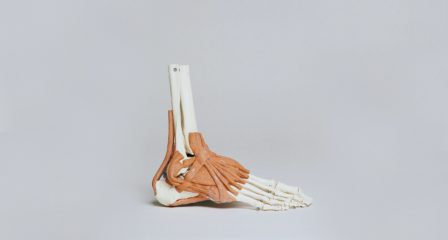IS IT SAFE? WHAT ARE THE CONSIDERATIONS? WHO SHOULD BE DOING IT?
The benefits of strength training and general exercise are very well known, especially during younger years when bodies are developing and activity is high. Strength training specifically has been shown to be beneficial for younger people and adolescents as the strength gains can reduce future injury and encourage younger people to continue in sport without pain.
Often when girls and adolescents present to The Injury Clinic there is generally a concern regarding pain or difficulty completing sport. It is important to understand the facts prior to prescribing strength training, which is often guided by research.
There is a lot of research and information for adolescents in strength training, unfortunately this is often mixed with males, and female specific information is lacking and not well guided in the literature.
A recent systematic review highlights 11 studies which describe the current knowledge in resistance training for girls and what we should focus on.
-
Strength training principles should follow the maturity of the patient’s body, including body weight, height, and motor control not just age.
-
It is well established female youth can gain effective strength gains from resistance training; this level will generally be at a slower rate compared to males due to a reduced testosterone level production.
-
Females will achieve a muscle strength gain on average of 50% of males, and may plateau in these strength gains faster than males. Therefore, a variety and changing program is necessary.
-
Females can appear to have less strength than males, this is often due to an earlier increase in body weight and height. Strength training should be adapted to this for females as relative strength gains can be increased.
-
Muscle mass gains can slow down in females from 15 years of age (compared to males up to 20 years of age). Fast, plyometric and speed exercises using previous strength training may need to be employed to continue to build strength gains.
During growth periods in girls, participation in sport is very important for involvement, confidence, healthy habits and ongoing strength. Often there can be an imbalance with large growth and reduced increases in strength, this may lead to injuries or reoccurring pain. The role of the physiotherapist is to identify those who may benefit from changes to their participation or the inclusion of a structured strength program. The main goal at The Injury Clinic is to reduce pain and allow girls to continue to participate in their favourite sport without time out due to injury.
REFERENCES:
• Moran, J., Sandercock, G., Ramirez-Campillo, R., Clark, C. C., Fernandes, J. F., & Drury, B. (2018). A meta-analysis of resistance training in female youth: its effect on muscular strength, and shortcomings in the literature. Sports Medicine, 48(7), 1661-1671.
• Faigenbaum, A. D., Kraemer, W. J., Blimkie, C. J., Jeffreys, I., Micheli, L. J., Nitka, M., & Rowland, T. W. (2009). Youth resistance training: updated position statement paper from the national strength and conditioning association. The Journal of Strength & Conditioning Research, 23, S60-S79.



